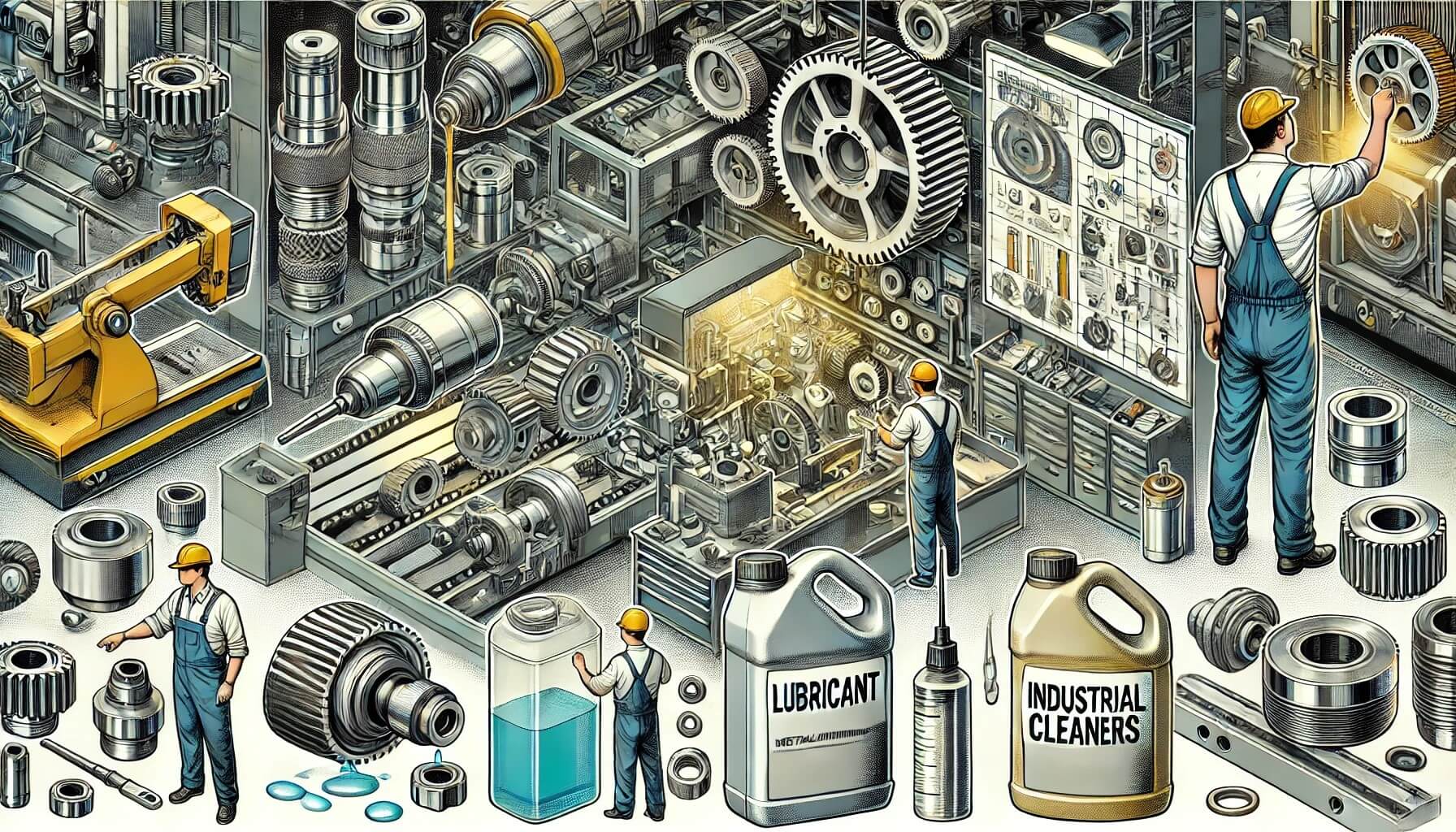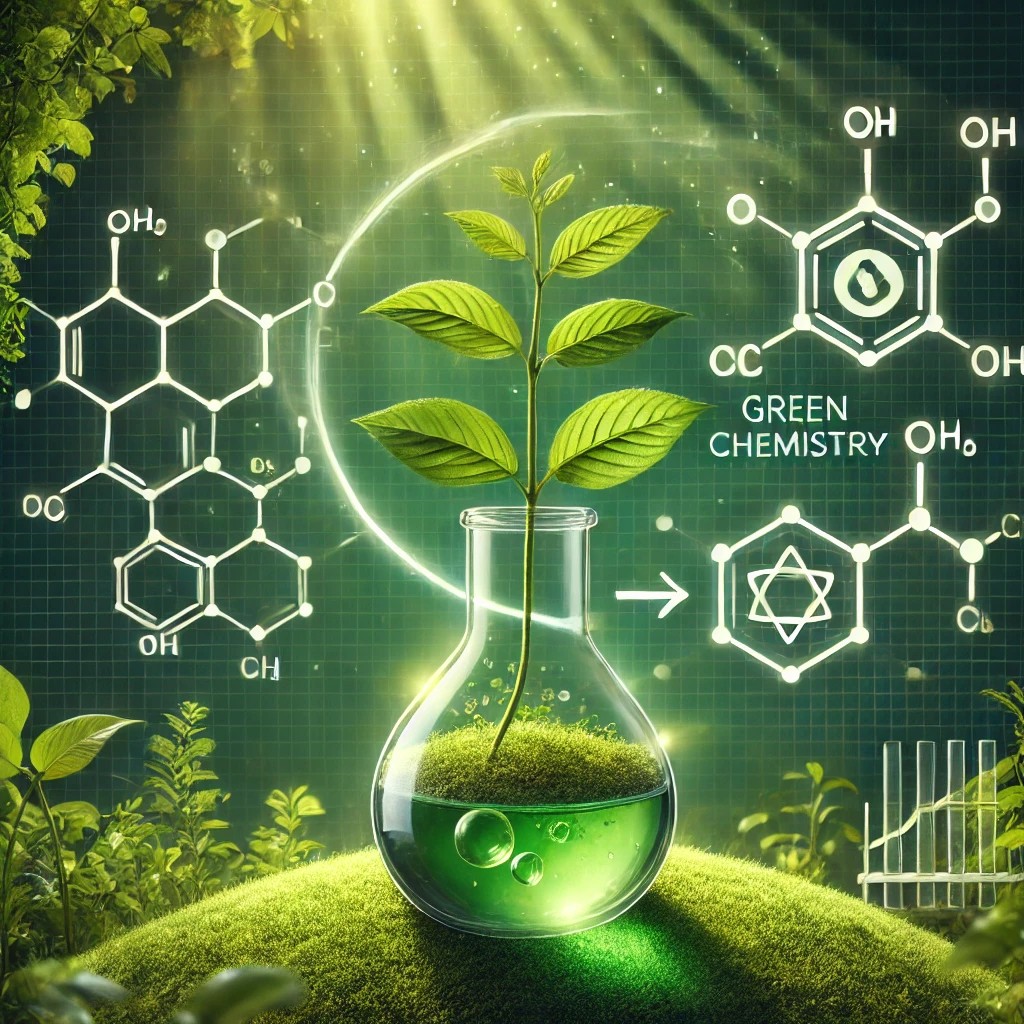Cost and Process Optimization in Industrial Chemical Applications:
Unlocking Efficiency and Sustainability
In today’s competitive market, industries face intense pressure to reduce costs per component and enhance productivity without sacrificing quality or safety. For Original Equipment Manufacturers (OEMs) and other industries, optimizing chemical processes for parts cleaning, metalworking, surface treatment is an essential strategy for achieving cost savings.
Why Chemical Process Optimization Matters
Optimization is key to managing resources effectively, reducing operational costs, and enhancing productivity. For processes involving chemicals, such as cleaners, lubrication, metalworking fluids, coatings, and lubricants optimization ensures that the right amount of chemical is used in the right way, minimizing waste and maximizing efficiency.
Cost Optimization through Chemical Consulting
Cost optimization is closely tied to process optimization; without refining and adapting processes, cost reduction goals often remain unattainable. As chemical consultants, we specialize in aligning chemical processes with operational objectives, helping clients make informed choices that lower costs while enhancing performance, safety, and sustainability.
1. Reduction in Chemical Consumption an
By analyzing the cleaning, degreasing, and surface treatment requirements of our clients, we identify opportunities to reduce chemical usage without compromising on quality or performance. For example:
Eco-Friendly Cleaning Solutions: Instead of traditional alkaline or acidic cleaners, we help clients switch to eco-friendly, low-concentration formulations that deliver effective results with less chemical volume.
Reuse and Recycling: In metalworking and surface preparation, we design systems that allow for the recycling or reusing of cleaning agents and lubricants, reducing overall chemical consumption and waste disposal costs.
pH-neutral and mildly alkaline cleaners: Mildly alkaline solutions reduce the risks associated with caustic substances while maintaining effective cleaning for many types of parts and surfaces.
- Reducing the tanks
- Reducing the water & quantity of chemicals
2. Enhanced Process Efficiency
An optimized chemical process is more streamlined, consistent, and effective, leading to higher productivity and reduced cycle times. In the electronics and technology sectors, where heat dissipation is critical, we help select advanced thermal compounds and heat sinks that improve heat transfer, reducing operational delays and extending the lifespan of parts.
Metalworking Fluids: For automotive and aerospace clients, we select and implement fluids with high lubricity and cooling efficiency, which reduce downtime for cleaning and equipment maintenance, enabling smoother production cycles.
Optimized Cleaning and Degreasing Cycles: In industries requiring frequent part cleaning, we establish optimized cleaning cycles and recommend specialized cleaners that improve cleaning speed and efficiency, ensuring that parts move through the process faster and at lower costs.
3. Reduced Energy Consumption
Chemical processes are often energy-intensive, especially those involving high-temperature or pressure cleaning and treatment. By implementing low-energy cleaning alternatives and advising on efficient thermal management solutions, we reduce both energy usage and costs.
Room Temperature Cleaners: Water-based or mildly alkaline solutions can often be used at room temperature, eliminating the need for heating systems that increase both energy consumption and operational costs.
Thermal Insulation and Management: For the heavy machinery and construction sectors, we provide thermal management solutions—such as coatings and heat transfer compounds—that improve cooling efficiency, reducing energy needs for equipment and enhancing lifespan.
4. Extended Product Life Cycle
The right chemicals can extend the life of parts, equipment, and protective coatings, directly reducing replacement and maintenance costs. For example, in hydrotesting for tanks and heavy equipment, we select corrosion inhibitors that protect against water-induced rusting, extending the lifespan of the equipment and reducing maintenance frequency.
Advanced Rust and Corrosion Protection: For components exposed to moisture or harsh environments, our rust-preventive coatings protect against corrosion during transit, storage, and operational use, saving clients from frequent repairs or replacements.
Biocompatible Coatings for Medical Devices: In the pharmaceutical and medical devices industry, we recommend biocompatible coatings that withstand cleaning and sterilization without degradation, thus reducing device replacement costs.
5. Improved Environmental and EHS Compliance
Environmental, Health, and Safety (EHS) compliance is not just a regulatory requirement but also a cost-saving measure. Fines for non-compliance, as well as the health costs associated with hazardous chemical exposure, can be avoided through proactive chemical selection and process design. Our eco-friendly solutions meet OSHA, EPA, and NTA standards, ensuring safe handling and disposal, and reducing long-term liabilities.
Low-VOC and Non-Toxic Alternatives: Switching to low-VOC or VOC-free chemicals reduces emissions and hazardous waste, simplifying disposal and decreasing associated costs.
Simplified Storage and Handling: Non-hazardous chemicals require less stringent storage, handling, and spill mitigation measures, resulting in reduced insurance and regulatory costs.
The Role of Process Optimization in Cost Savings
To realize meaningful cost savings, process optimization must be integrated into every stage of a product’s lifecycle. From selecting the right chemical in the design phase to refining its application in production and maintenance, our process optimization approach ensures that each stage operates at maximum efficiency.
Key Aspects of Chemical Process Optimization
Material and Chemical Selection
Compatibility: Ensuring chemical compatibility with part materials prevents degradation, reducing repair and replacement costs.
Efficacy: Selecting chemicals specifically tailored for contaminants and environmental conditions improves performance, reducing chemical consumption and labor time.
Customized Application Methods
Precision in Application: Whether it’s spray, immersion, or ultrasonic cleaning, we recommend application methods that reduce waste and ensure consistent results.
Automated Dosage Systems: For consistent and precise chemical use, automated dosing systems minimize chemical excess and reduce labor costs associated with manual applications.
Efficient Testing and Validation
Non-Destructive Testing (NDT): Using NDT methods, we help clients ensure that coatings, adhesives, and other chemical applications are effective without wasteful testing that damages products.
Accelerated Aging: By simulating long-term environmental exposure, accelerated aging tests inform the selection of chemicals that perform best over time, reducing future maintenance costs.
Case Studies: Cost Optimization in Action
Electronics Industry: Thermal Management
In the electronics industry, components generate considerable heat, necessitating effective thermal management solutions. We optimize cooling with high-performance, eco-friendly thermal compounds and innovative heat sink designs. These solutions reduce the need for additional cooling equipment, decreasing both operational costs and the risk of overheating-related failures.
Automotive Industry: Metalworking Fluids and Rust Protection
In the automotive sector, metalworking processes consume large volumes of cutting fluids, lubricants, and cleaners. By recommending high-lubricity, low-residue fluids that are recyclable, we reduce chemical consumption and waste disposal costs. Additionally, our advanced rust protection solutions for export reduce damage during transit, leading to lower repair costs and a longer product lifespan.
Heavy Equipment Industry: Surface Protection and Coating
Heavy machinery faces harsh conditions, necessitating robust coatings. We help clients in this sector switch to durable eco-friendly coatings that provide lasting protection against rust and abrasion. These coatings reduce the frequency of reapplications, saving material and labor costs over the equipment’s lifetime.
A Holistic Approach to Cost Reduction and Process Optimization
Our approach combines in-depth technical expertise with industry-specific insights, addressing all stages of a product’s lifecycle:
Design Stage: We work with OEMs to select chemicals that will enhance product durability and performance while minimizing costs.
Research & Development: In R&D, we assist with testing and prototyping to ensure that selected chemicals meet performance criteria and regulatory standards, reducing future redesign and compliance costs.
Production: By refining chemical applications and ensuring compatibility, we help companies avoid costly production delays, corrosion, or component failures.
Maintenance: Using eco-friendly cleaners, lubricants, and protective coatings, we guide companies toward maintenance practices that extend equipment life and reduce repair costs.
Process and cost optimization in chemical applications is not just about reducing expenses; it’s about enhancing efficiency, safety, and sustainability. With our guidance, industries can achieve a competitive edge, meeting their production goals while safeguarding both financial and environmental resources.



